Stockholm is investing in a green zone in the city, sustainable care for the elderly and a test bed for fossil-free construction.
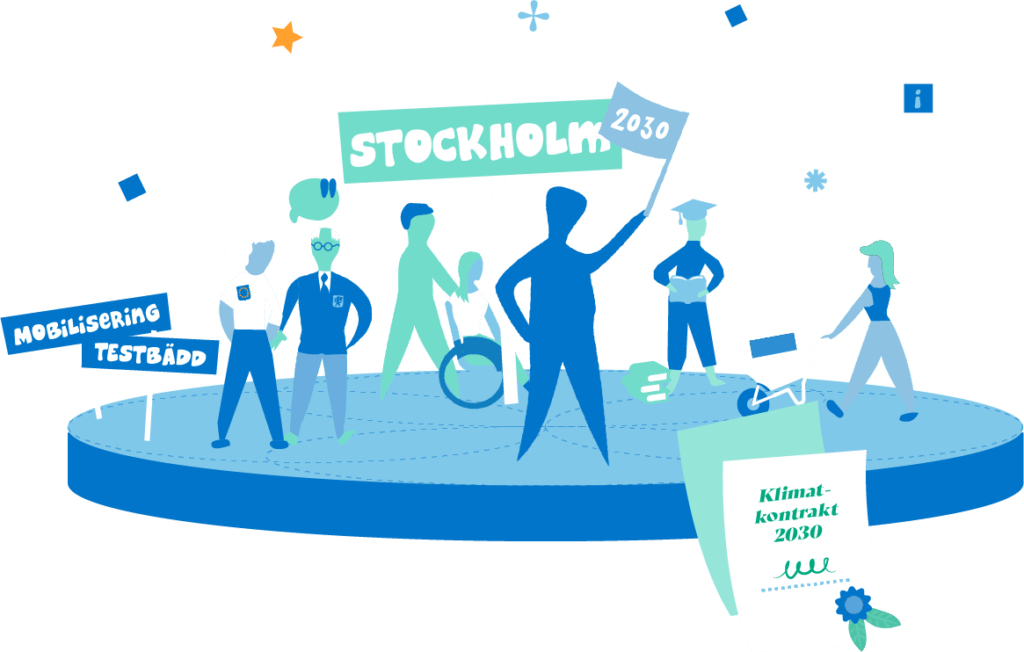
Stockholm is working for the transition by connecting, strengthening and further developing existing cooperation structures. Together with the city's stakeholders and citizens, they are investing in increased electrification and more efficient transport, electrified construction, carbon capture and storage, reduced plastic use and increased sorting, and not least an environmental zone in the city - which is also part of the system demonstrator STOLT.
Stockholm does not have a specific transition arena but has chosen to connect, strengthen and further develop existing cooperation structures in the context of climate work. Stockholm is one of the designated European pioneer cities in the direction of climate neutrality, and was one of the first cities to receive the EU's Mission Label. One focus linked to this is to develop local transition arenas for climate and health, where existing collaboration with associations and business strengthens the link to climate work.
Stockholm has a broad portfolio of projects to reach its climate goals. For example, the city is working on transport - which accounts for about half of direct emissions in Stockholm. It plans to introduce a class 3 environmental zone in parts of the city, which means that only electric vehicles and some gas vehicles are allowed to drive in the area, and it is also working actively to enable improved accessibility for bus traffic, contributing with co-financing in the region's expansion of the metro and tramway and investing heavily in bicycle infrastructure. The portfolio of measures also includes investments in fossil-free construction with a lower climate impact, a new carbon capture and storage facility, efforts to reduce the amount of plastic used and to ensure that the plastic used is recyclable and that sorting increases.
The Environmental Zone is also part of Stockholm's work with the System Demonstrator STOLT, which uses the introduction of the Class 3 Environmental Zone and the Urban Environment Zone as strategic windows of opportunity to undertake a comprehensive transformation towards an efficient and emission-free transport system. STOLT serves as a central platform and a powerful tool to advance the city's goal of an emission-free, liveable and fair inner city by 2030.
In the city's latest update, they talk about the work, the transition arena, the project portfolio and much more.
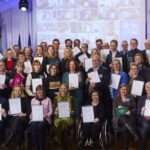

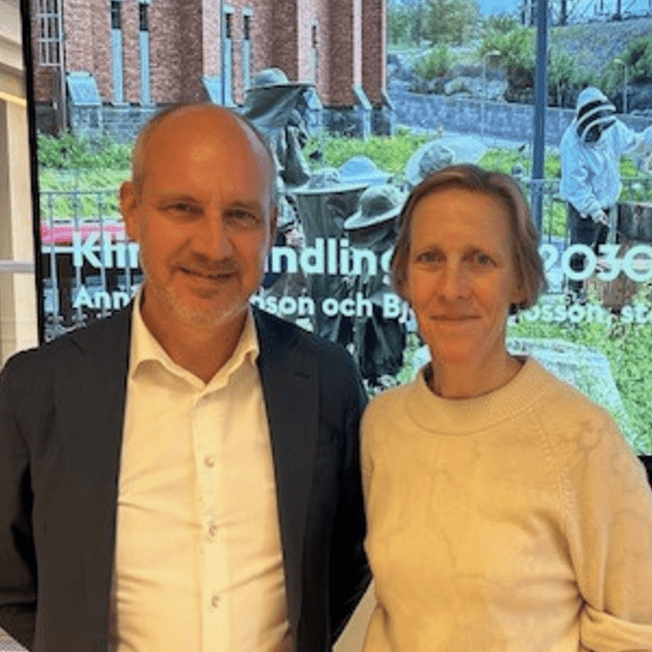
Björn Hugosson, Climate Manager for the City of Stockholm, bjorn.hugosson@stockholm.se
Annika Jacobson, Climate General for the City of Stockholm
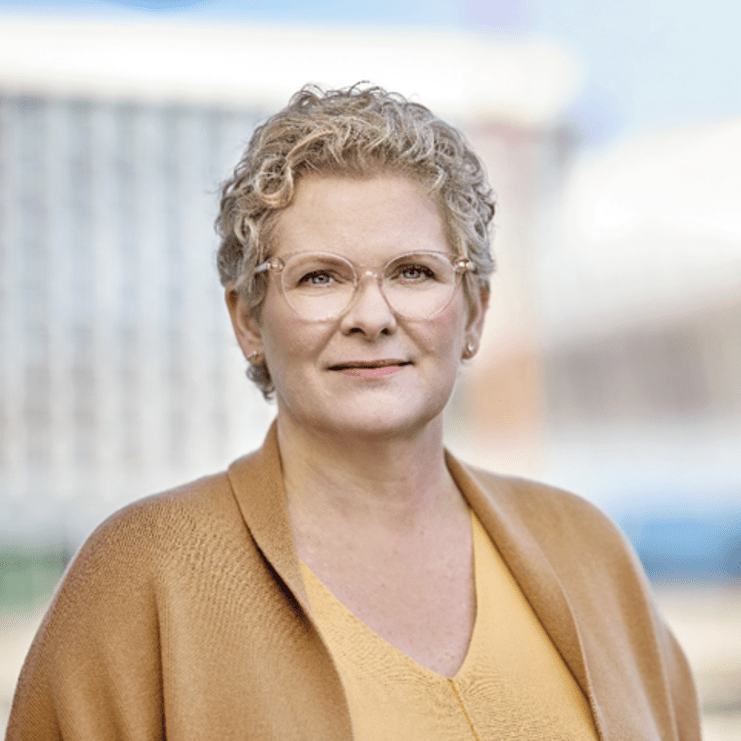
Stockholm highlights two initiatives that they believe may be of particular interest to other municipalities to spy and apply. Contact the process leader to spy and apply.
Climate City Contract 2030 is a collective effort to achieve the climate transition that we need to implement in a short time to keep global warming below 1.5 degrees. It is an agreement between municipalities, government agencies and Viable Cities where all parties undertake to make a concrete contribution to increasing the pace of climate change.

To achieve deep change, we need to move from fragmented projects to an ecosystem of efforts that all pull in the same direction. Cities are doing this together with Viable Cities, funders government agencies and other partners, in different constellations and with different objectives. It is about moving beyond dealing with symptoms and instead focusing on underlying problems in our social structure. Here you will find the initiatives and studies within the city that have been granted funding under Viable Cities.

E-Laas proposes a new and operational energy-based approach to design multimodal urban logistics systems. In E-Laas, urban delivery systems are compared with their energy use including micro-platforms and new ways to combine charging, automation and freight parking. This makes it possible to relate logistics...
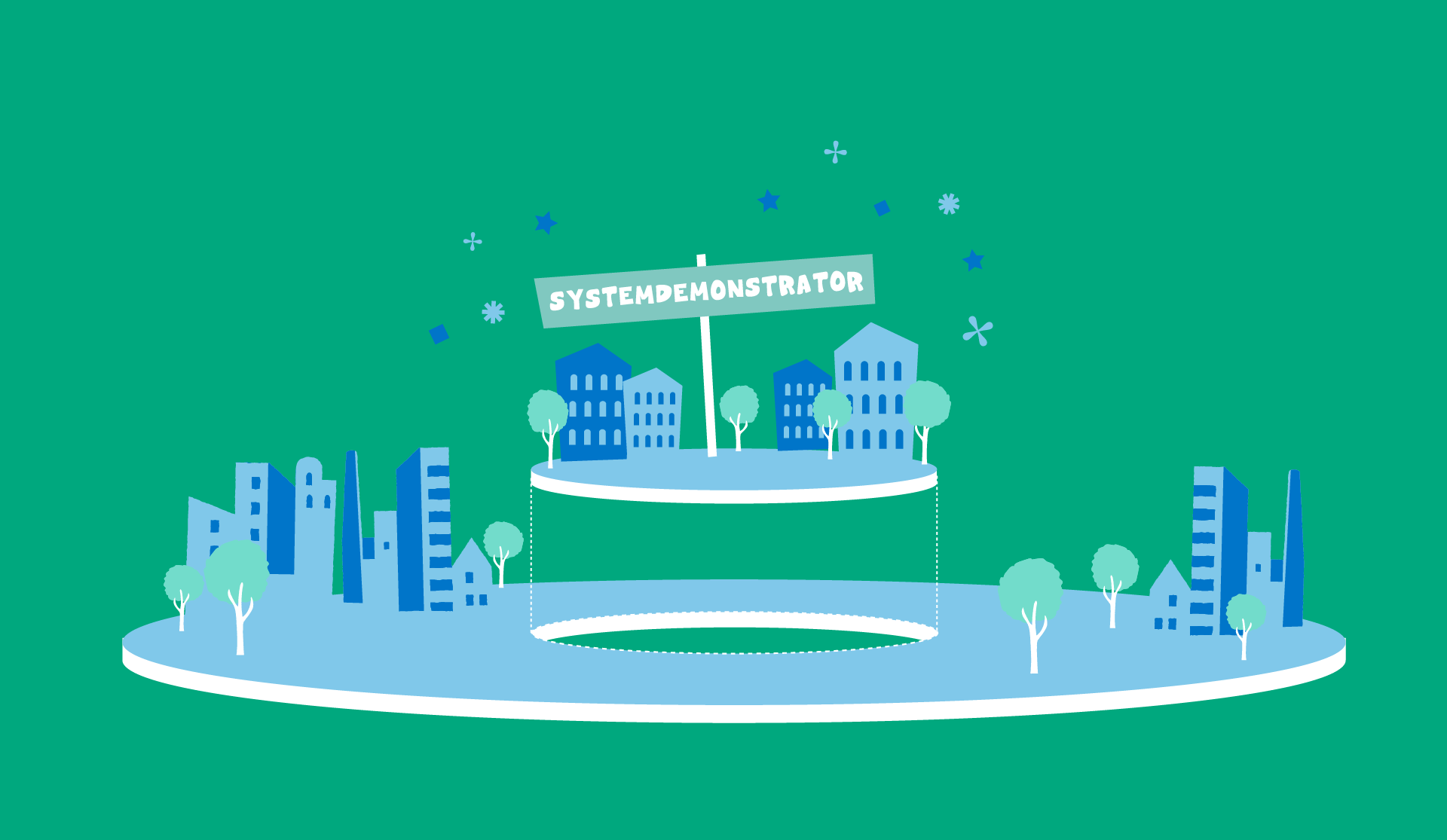
The City of Stockholm and its partners will work towards a comprehensive transition of travel habits, land use and vehicle fleet in Stockholm's inner city. This is a step towards an emission-free inner city and a climate-positive Stockholm in 2030. In the system demonstrator, the environmental zone...

The feasibility study highlights climate and health as a combined driving force for the city's climate transition. Measuring better health is just as important as...
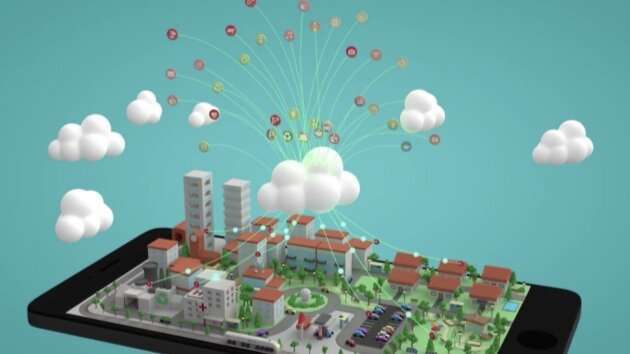
City as a Platform is an innovation initiative that brings together 18 municipalities to explore, test, implement and collaborate on common IoT platforms...

The initiative develops models for common digital infrastructure for resource flows that connect urban agriculture, real estate and district heating networks. This as a basis...

The initiative aims to capture innovative solutions from pilot projects in several municipalities. This is to accelerate climate-neutral urban development by...

Since 2023, Stockholm is part of the second cohort of pilot cities from twenty-one EU Member States and Horizon 2020 associated countries, selected to launch unprecedented climate action, through the NetZeroCities Pilot Cities program.
In October 2023, the City of Stockholm was one of ten European cities awarded the EU Mission Label for its work to accelerate the transition to a climate-neutral and sustainable city.
Stockholm is part of the NetZeroCities 112 Mission Cities, selected since 2022 to pioneer the EU Cities Mission.